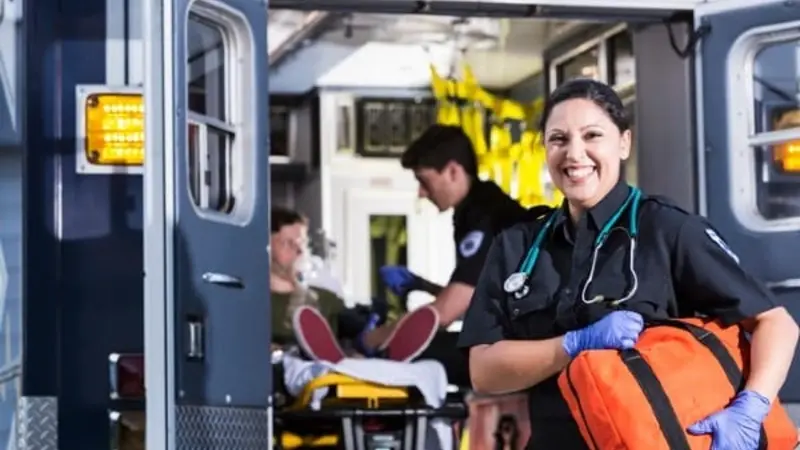The Landscape of Modern Emergency Services
Careers in fire and emergency medical services are far from static, and the expectations placed on professionals grow more complex with each passing year. An emergency responder’s day rarely follows a routine, and a single shift can encompass anything from putting out structure fires to providing advanced life support in a medical crisis. Training programs, such as an emergency medical responder course Texas, are designed to give students a competitive edge by teaching up-to-date techniques and ensuring they’re prepared for the realities of the job.
Diverse Roles in Firefighting and EMS
The fire and emergency medical services industry offers diverse career opportunities, including technical rescues, hazardous materials management, wildland firefighting, and critical pre-hospital care, such as stabilizing trauma victims and managing cardiac emergencies on the scene.
- Fire Suppression: Responders must act decisively under pressure, often with little information. Whether extinguishing residential blazes or battling large-scale industrial fires, success relies on a combination of physical skill, effective team coordination, and unwavering nerves.
- Emergency Medical Care: EMTs and paramedics provide lifesaving interventions before patients reach a hospital. Their quick thinking and advanced knowledge can make a profound impact when every second counts.
- Hazardous Materials: As industrial chemicals and urbanization increase, HazMat teams are in growing demand. They work to identify, contain, and neutralize threats, minimizing harm to people and the environment.
- Rescue Operations: From freeing accident victims trapped in vehicles to searching for survivors in collapsed buildings, rescue specialists use advanced tools and techniques to save lives under extreme conditions.
- Disaster Response: Whether it’s hurricanes, floods, or wildfires, these responders mobilize quickly to bring order out of chaos, orchestrating evacuations and providing crucial aid to affected communities.
The Importance of Comprehensive Training
Comprehensive training is essential for fire and EMS professionals, blending core curriculum with hands-on drills to prepare them for the unpredictable field. Participants develop expertise in fire behavior analysis and emergency vehicle operation, enabling them to transition seamlessly into various roles during real-life incidents. The National Fire Protection Association establishes standards for all responders, encompassing topics such as fire chemistry, building construction, trauma assessment, and airway management. Soft skills, such as effective communication, cultural sensitivity, conflict resolution, and leadership under stress, are also crucial. Ongoing practice ensures that responders internalize procedures, enabling them to react instinctively during high-pressure events and creating safer environments for both responders and the public.
Physical and Mental Acuity in the Field
Firefighters and EMS professionals require exceptional physical and psychological well-being to perform tasks such as carrying wounded patients, climbing ladders, and dragging hoses. Regular fitness assessments and wellness programs are industry norms to help professionals prepare for challenges. Mental health is also crucial, with leading agencies prioritizing mental health through peer support groups, counselor access, and resilience workshops. Those who cultivate both physical and psychological strength are more likely to have fulfilling, sustainable careers in these intense fields.
Certification and Continuous Development
Becoming certified in firefighting or emergency medical response is only the first step. The fast-changing landscape of emergency services makes lifelong learning essential. Regulatory updates, the introduction of new drugs or medical devices, and advances in building materials mean that yesterday’s solutions don’t always fit today’s problems.
- Refresher and recertification courses keep responders both confident and compliant.
- Specialty certifications, such as water rescue, confined space rescue, and advanced cardiac life support, open doors to wider responsibilities.
- Ongoing scenario-based training helps professionals hone their judgment and practical skills while working with rapidly changing teams.
